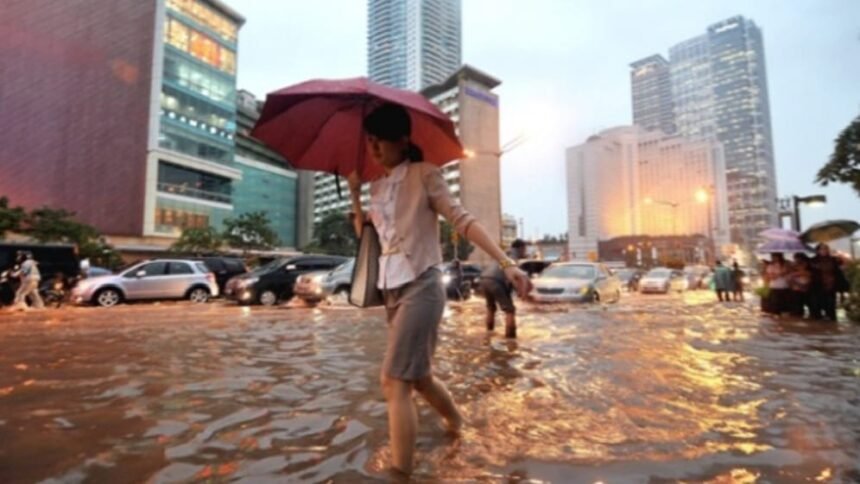A new study by Indonesia’s National Research and Innovation Agency (BRIN) has revealed that rainwater in Jakarta is not as clean as it appears. Researchers have discovered that the rain falling on the city contains harmful microplastic particles released from daily human activities.
According to researcher Reza, these microplastics come from several common sources such as synthetic clothing fibers, vehicle and tire dust, burning of plastic waste, and the breakdown of plastic materials in open areas. These tiny particles are so small that they can mix with the air and later fall to the ground through rain.
The study found that most of the microplastics in the samples were synthetic fibers and plastic fragments, made of materials like polyester, nylon, polyethylene, polypropylene, and polybutadiene, which is often found in vehicle tires.
Researchers collected rainwater samples from coastal areas of Jakarta and discovered an average of 15 microplastic particles per square meter per day. This shows how deeply plastic pollution has entered the city’s environment, even reaching the rain that falls from the sky.
Experts warn that these particles can harm the environment, water systems, and possibly human health if they enter the food chain. The findings highlight the urgent need for better waste management, less plastic use, and stricter pollution control in urban areas.


